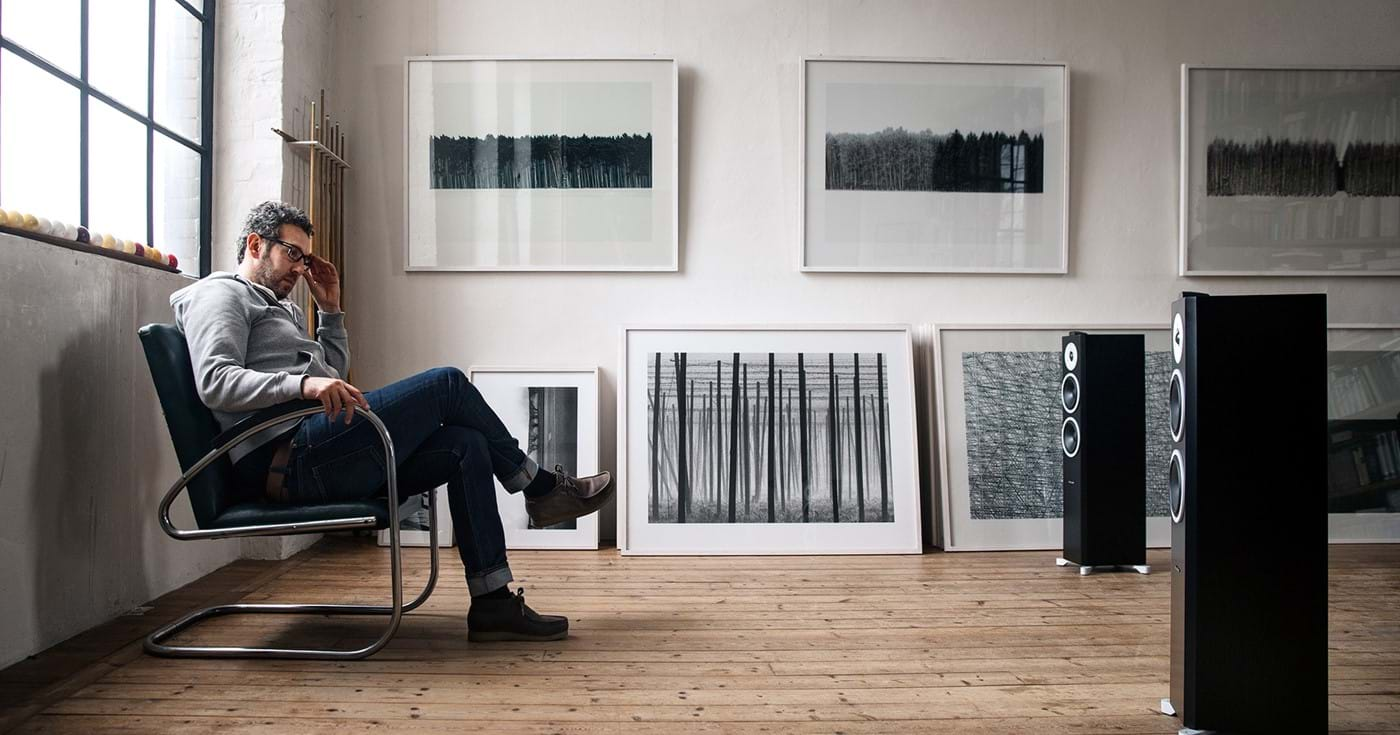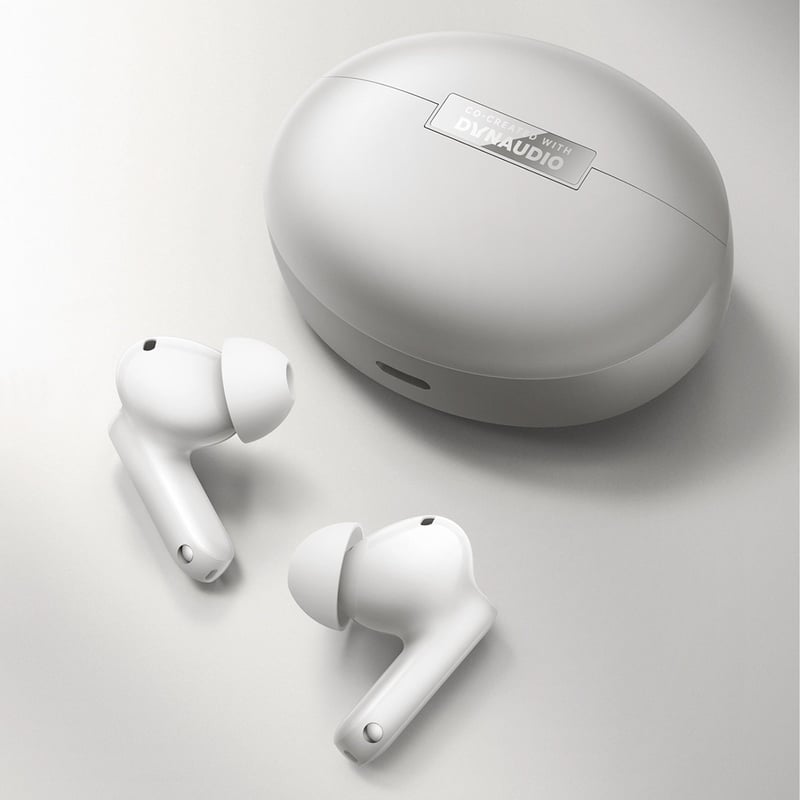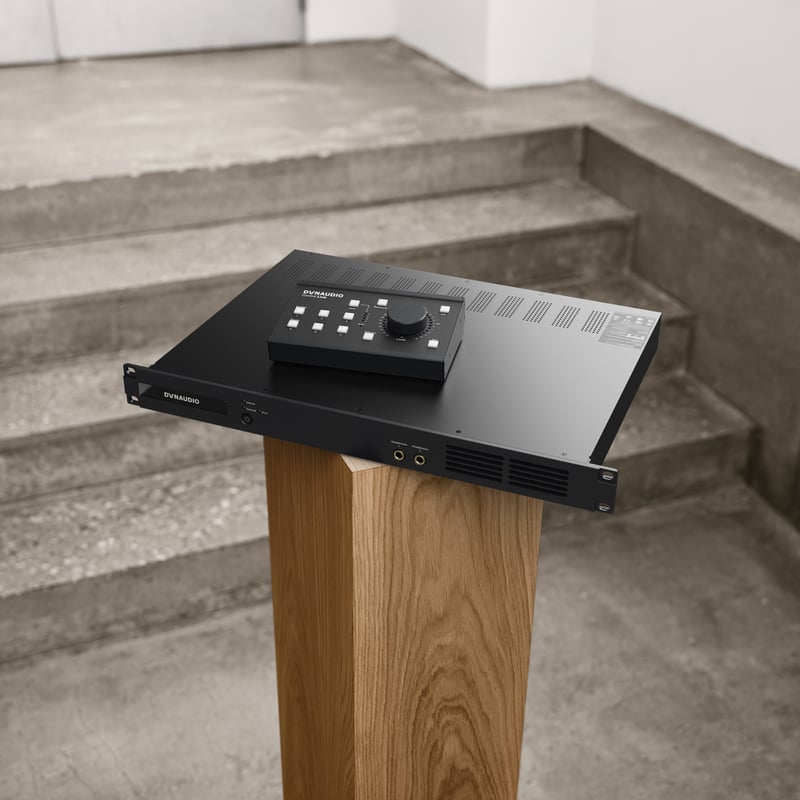
A Wealth of Options
We get asked this question a lot. So, we sat down and thought about the three essential tips we would extend to a friend looking for his or her first pair of high-end loudspeakers – or a customer already hooked on Hi-Fi but with limited experience.
If you are a connoisseur, these tips might seem oversimplified, but bear with us, these tips are the foundation on which further exploration can begin.
In this short tip-sheet, we will take you through the following three tips and hopefully help you make better decisions when you are looking for new speakers in the future.
- Trust your ears!
- Size and listening position.
- Active or passive?
So, let us jump right in and look at our first tip!
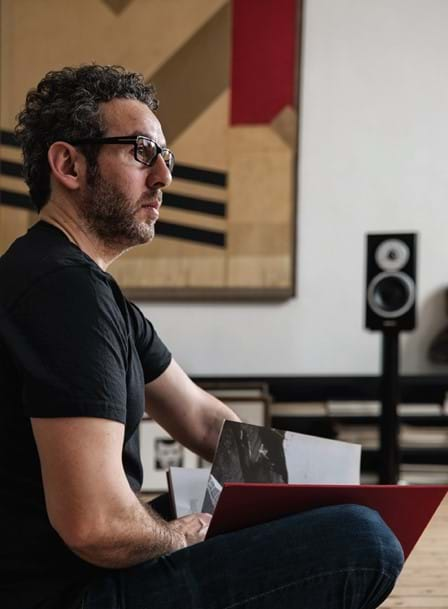
1. Trust Your Ears
It is as simple as that.
Let me explain: you need to put aside the numbers for a minute. They will only get you so far. Two different fictional high-end loudspeakers could easily have the same frequency response number listed in their technical specifications, with their individual sound characteristics being very dissimilar, as the graph below shows:
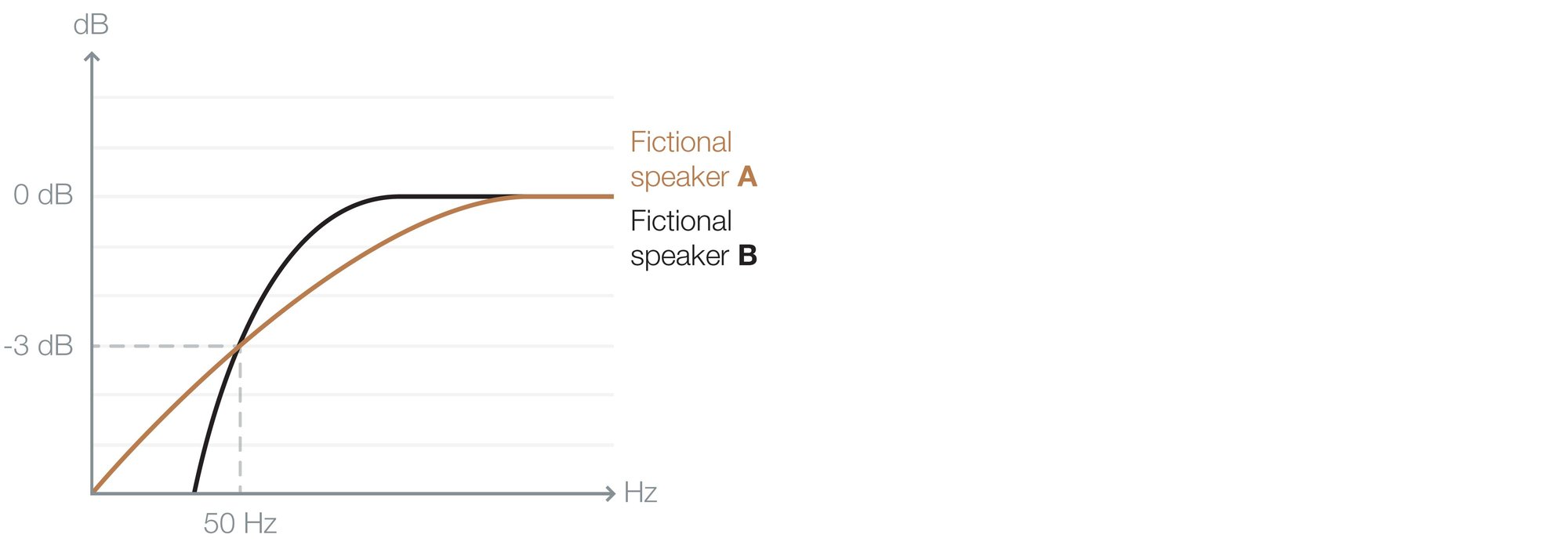
Here, speaker B exhibits more bass in the region between 0dB and -3dB whereas speaker A achieves a deeper bass compared to speaker B: which illustrates how numbers can be deceiving.
Interested in a listening session? Find a dealer close to you and book an appointment today.
No, there are no quick fixes.
You need to listen, and you need to trust what you hear. We are not saying numbers are irrelevant, but listening and trusting your ears are fundamental when you are in the market for a new pair of high-end loudspeakers.
Have a friend who's looking for new loudspeakers? Don't forget to copy the URL and share it with her or him.
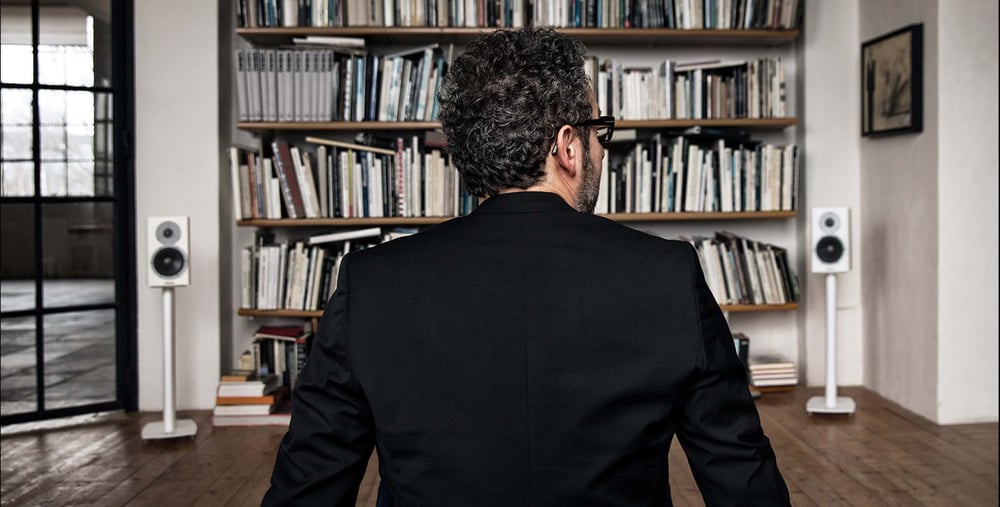
2. Consider your surroundings
This is actually two tips disguised as one. Before you visit your local dealer, you need to consider:
- Your room’s size
- Your desired listening position within the room
Why you ask?
Because your room’s acoustics have a direct impact on how your speakers will sound.
This is basically related to how sound travels and how it is reflected by room boundary surfaces. In larger rooms, or if you are seated far away from the speakers, you need something capable of filling up the room – in a sense something that can move a lot of air volume – as the music loses sound pressure as it travels through the room.
However, if your room is smaller, or if you are seated closer to the speaker, the room’s ceiling, floor and wall boundaries will amplify the lower frequencies thereby making the bass appear more pervasive.
An oversimplification of this would be to recommend larger speakers for large rooms and listening positions further away from the speakers and smaller speakers for smaller rooms and nearfield listening positions.
It is an excellent idea to take pictures and measurements of your listening environment and show them to your local dealer. They will be able to make an educated guess about your room’s requirements and guide you in the right direction regarding ideal speaker size – and in some cases they’ll even let you arrange a listening session in your own home.

3. Active or passive?
Next, you also need to decide whether you want to invest in either active or passive speakers – and both have their benefits.
Active speakers
With most active speakers, you won’t have to invest in outboard amplifiers or DACs, as the manufacturer has built everything in from the get-go. Thus, they are basically plug-and-play speakers.
The manufacturer has made sure to optimize and fine tune each part to each other, so you the get best listening experience from those exact speakers. You won’t have to worry about anything other than what music to play.

Passive speakers
In contrast with passive speakers you need those extra components: cables, amplifiers, DACs and much more. But, this also makes the passive speaker option a more flexible solution, as you can tailor your system exactly to your liking. You can tweak, fine-tune, and play around with all of these different parts to achieve the experience you desire.

Before you go...
Remember, these three tips are the essentials. With them in mind, you are well on your way to discover the world of Hi-Fi with an appreciation for listening, a mindfulness of your room, and whether you want simplicity or scalability.
Download a PDF of the full Three Essential Pre-purchase tips here.
Sign up to get more great articles
Nothing compares to the satisfaction of knowing – for a fact – that something is as good as it gets


